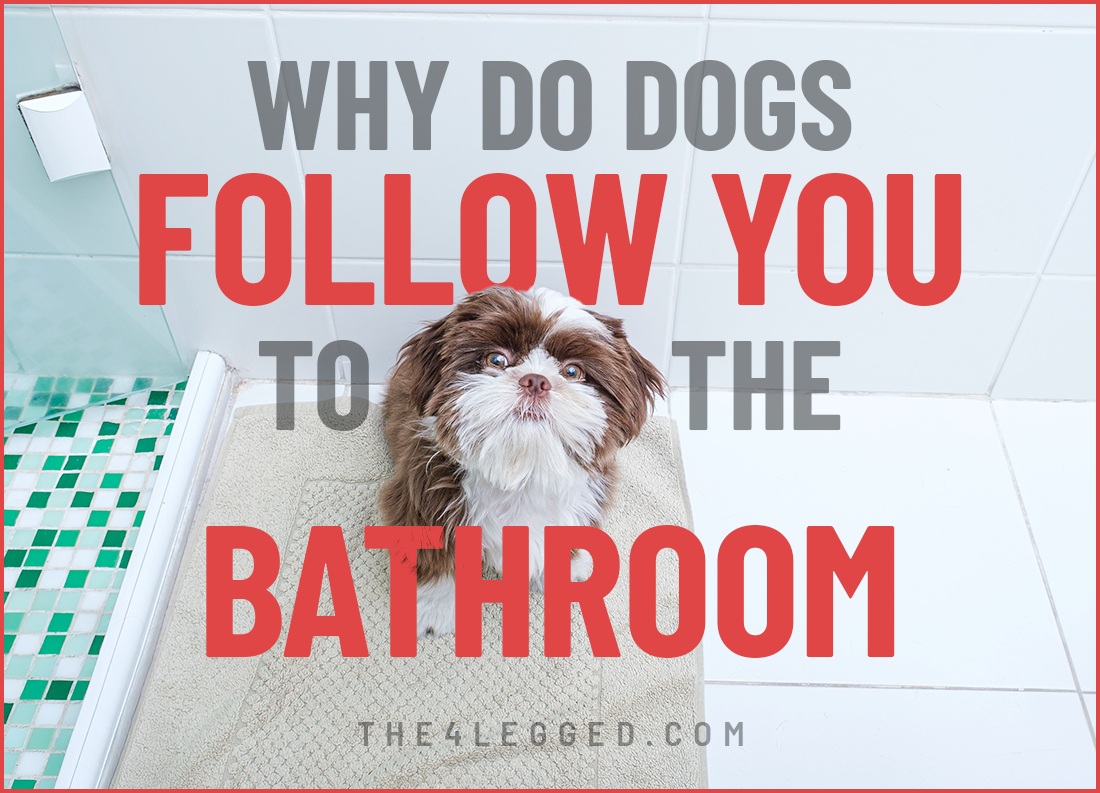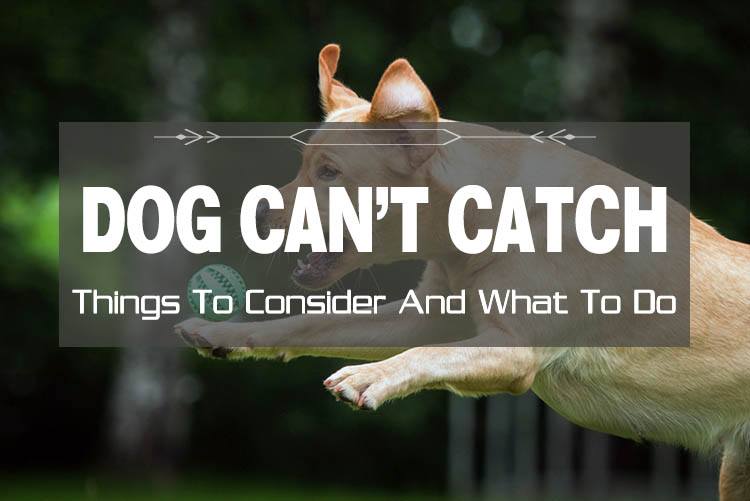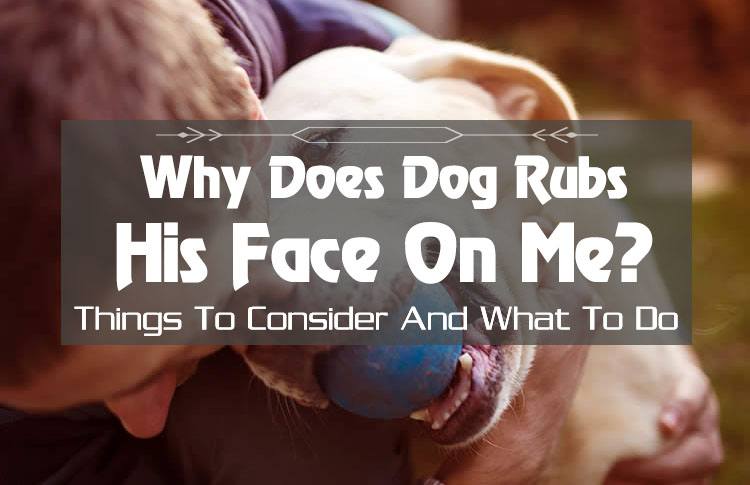If you’ve ever found your furry companion trotting behind you every time you head to the bathroom, you’re not alone. Many dog owners wonder why do dogs follow you to the bathroom and what makes this behavior so common. For most dogs, it’s a mix of curiosity, affection, and loyalty—they simply want to be where you are.
In this guide, we’ll take a closer look at why dogs follow you to the bathroom, uncover the instincts and emotions behind this behavior, and share a few simple ways to handle it while keeping your dog happy, secure, and close by your side.
Key Takeaways
- Dogs follow you to the bathroom out of curiosity, seeking to explore intriguing scents and environments.
- This behavior also stems from dogs’ desire for companionship, loyalty, and a sense of security with their owners.
- Attention-seeking and anxiety, such as fear of missing out or separation anxiety, contribute to dogs wanting to be near you, particularly in confined spaces.
Curiosity and Exploration
Dogs are naturally inquisitive creatures, always eager to understand what’s happening around them. This curiosity often leads them to follow their owners to the bathroom, where a closed door only heightens their interest. The bathroom is a treasure trove of new and intriguing scents, making it an irresistible place for a dog to explore.
When a dog sees their owner heading towards the bathroom, their curiosity is piqued. What could their owner be doing in there? This desire to uncover the unknown is a powerful driver for dogs, prompting them to follow closely and investigate. Closed doors are particularly enticing because they represent a barrier to their exploration. In the mind of a curious dog, what lies beyond the door could be an adventure waiting to happen.
Some dogs may also become anxious or distressed if they lose sight of their owner, which further motivates them to follow closely and stay nearby.
Moreover, dogs experience the world primarily through their noses. The bathroom, with its myriad of unique smell from soaps, shampoos, and other personal care items, offers a sensory feast for a dog. These scents provide dogs with a wealth of information about their environment, encouraging them to follow their owners and take part in this olfactory exploration.
Seeking Companionship
Dogs follow their owners to the bathroom as a demonstration of their loyalty and affection. Many dogs, especially those with strong attachments to their primary caregivers, view the time they spend time with their puppies as precious moments of companionship. During early development, a puppy will naturally follow its mother or owner for reassurance, learning, and social bonding, which can imprint this behavior for life. This is why they often prefer to follow their owners alone, showcasing their need for closeness and engagement.
Dogs are pack animals by nature, and this instinct drives them to stick close to their ‘pack leader’—usually the person who meets their needs and preferences. This pack mentality is deeply ingrained in dogs, compelling them to follow their owners to maintain the stability and security of their social group. The desire for companionship is not just about affection; it is also about maintaining the social structure that dogs rely on for their sense of safety and well-being.
Certain breeds, especially working or herding dogs, are more predisposed to this behavior. These breeds have been bred to stay close to their owners, making them more likely to follow them even into the bathroom. The act of following owners can also be a form of protection, as dogs often see themselves as guardians of their ‘pack,’ ensuring everyone is safe and sound.
Safety and Security
Dogs often follow you to the bathroom because they seek safety and security. They see their owners as protectors, especially when they feel nervous or scared. This is particularly evident in rescue dogs and pets, who may have experienced past traumas and need constant reassurance from their owners.
A dog following you into the bathroom shows their trust in you. It enhances their sense of security when they are close to you. The bathroom, being a smaller, enclosed room, can make dogs feel more secure, knowing that their protector is close by in the house. This behavior is not just about physical proximity; it’s about the emotional reassurance that comes from being near their trusted human.
While we might use baby gates or barriers to create personal space, these can sometimes cause more anxiety for dogs instead of alleviating it. Dogs continuously verify the safety of their environment and ensure their ‘pack’ is secure by sticking close to their pet parent. This behavior is a sign of the deep bond between dogs and their owners, reflecting their instinctual need for verification to protect and be protected.
Anxiety and Fear of Missing Out
Anxiety plays a significant role in why dogs follow their owners to the bathroom. Separation anxiety, a condition where dogs experience extreme distress when away from their owners, is a more severe form of anxiety that can drive this behavior. Dogs with separation anxiety might follow their owners everywhere, including the bathroom, to avoid the discomfort of being alone.
Fear of Missing Out (FOMO) is another reason dogs follow their owners. This type of anxiety occurs when dogs are excluded from activities, leading them to display behaviors such as whining or pacing when not included, as they are often afraid of missing out. Following their owners into the bathroom can be a way for dogs to ensure they are part of whatever is happening, reducing their anxiety about missing out on important activities.
Older dogs might also follow their owners more closely due to changes in their health or confidence levels. As dogs age, they might become more anxious about being alone or missing out on the comfort and security of their owner’s presence, especially compared to other dogs. Creating a safe and engaging environment can help reduce this anxious need for constant companionship.
Attention-Seeking Behavior
Dogs are masters of attention-seeking behavior. They quickly learn that dog follow their owners can result in rewards like petting or treats, reinforcing their behavior. This is why you might find your Velcro dogs eagerly trailing behind you, hoping for a stroke or a tasty snack, seeking dog attention.
Sometimes, dogs follow their owners out of boredom. When left with little to do, they look for ways to engage and entertain themselves. Following their owner becomes a way to seek interaction and break the monotony. This behavior is often encouraged by the positive reinforcement they receive, making it a common trait among dogs seeking attention and affection.
Attraction to Scents
One of the lesser-known reasons dogs follow their owners to the bathroom is their attraction to the variety of scents present. Bathrooms are filled with intriguing smells from soaps, shampoos, and other personal care products that pique a dog’s curiosity. These scents create a sensory playground for dogs, encouraging them to explore this unique environment.
As dogs engage with these new smells, they might also feel the need to mark their territory, further creating a connection to the space. This instinctual desire to interact with their environment through scent is a significant factor in why dogs are drawn to follow their owners into the bathroom.
Some calming supplements and pet accessories designed to help manage scent-driven anxiety or behavioral issues are suitable for both dogs and cats.
Routine and Habit
Dogs are creatures of habit, and following their owners to the bathroom can become a long-established routine. They are adept at learning daily routines and picking up on cues about planned activities while sitting. Many dogs incorporate waiting to be fed into their daily routines, and this anticipation can reinforce their habit of following their owners, especially around mealtimes. Over time, this behavior becomes ingrained, making it a regular part of their day to drink.
As dogs read their owners’ body language and interpret signals indicating where they are headed next, they follow suit. In most cases, this idea behavior tend to lessen as dogs mature and become more confident in their surroundings.
Establishing a routine can help your dog feel secure and less inclined to follow you everywhere, creating a more fun and independent pup.
Changes in Behavior
If your dog suddenly starts following you everywhere, including the bathroom, it’s important to pay attention to this change in behavior. Sudden shifts can be a sign of underlying issues such as separation anxiety, stress, or even health problems. Consulting a veterinarian is a smart first step to rule out any medical concerns and get expert advice tailored to your dog’s needs.
In many cases, dogs may begin to follow their owners more closely due to boredom, lack of exercise, or insufficient mental stimulation. Establishing daily routines that include regular walks, playtime, and interactive activities can help address these needs. Creating personal space for your dog—using baby gates or closing doors—can also help set healthy boundaries and reduce anxiety. Remember, every dog is unique, so it’s important to observe your pet’s behavior and respond with patience and understanding. With the right advice and a little effort, you can help your dog feel more secure and confident, even when you’re not in the same room.
Older Dogs and Bathroom Habits
As dogs grow older, their behavior and bathroom habits can change in noticeable ways. Older dogs may experience a decline in their sense of smell, hearing, or vision, which can make them more dependent on their owners for comfort and security. It’s not uncommon for senior dogs to follow their owners to the bathroom, seeking reassurance or simply wanting to stay close in unfamiliar or dimly lit areas.
Anxiety and fear can also increase with age, making older dogs more likely to stick by your side. Providing a secure and comfortable environment is essential—consider setting up a cozy dog bed in a quiet spot where your dog can relax and feel safe. Regular, gentle exercise and mental stimulation are just as important for older dogs as they are for younger pups, helping to reduce stress and keep your dog’s mind and body active. By being patient and attentive to your older dog’s needs, you can help them feel secure and supported throughout their golden years.
Health and Wellness
A dog’s overall health and wellness have a direct impact on their behavior, including their tendency to follow you around the house. Many dogs experience anxiety or stress that can manifest as excessive barking, pacing, or constant following. It’s important for owners to recognize the signs of anxiety and take proactive steps to address them.
Regular veterinary check-ups are essential for catching health issues early and ensuring your dog is physically fit. A balanced diet, consistent exercise, and positive training methods all contribute to a secure and happy dog. Avoid using punishment or negative reinforcement, as these can increase anxiety and worsen behavioral problems. Instead, focus on creating a calm, supportive environment and using positive reinforcement to encourage good behavior. By prioritizing your dog’s health and well-being, you can help them feel more secure and less anxious, leading to a more harmonious relationship for both of you.
Environmental Factors
The environment your dog lives in plays a significant role in shaping their behavior. Dogs are naturally inquisitive and thrive in spaces that offer both security and stimulation. If your dog tends to follow you everywhere, it may be a sign that they’re seeking more engagement or reassurance from their surroundings.
To help your dog feel more secure and reduce separation anxiety, create a comfortable space just for them—like a dog bed or crate—where they can retreat and relax. Enrich their environment with a variety of toys, puzzle games, and regular exercise to keep their minds and bodies active. Interactive play and daily walks not only provide physical activity but also satisfy your dog’s curiosity about the world around them. By understanding how environmental factors influence your dog’s behavior, you can make simple changes that help your dog feel safe, secure, and content, strengthening the bond between you and your furry companion.
How to Manage This Behavior
Managing a dog’s following behavior involves a mix of ignore attention-seeking actions and providing alternative activities. Ignoring the behavior can help reduce its frequency over time, as dogs learn through trial and error which actions gain attention. Giving attention or treats when dogs follow can inadvertently reinforce their following behavior, so it’s essential to be mindful of how you respond.
Providing a comfortable and secure space for your dog can encourage independence. Creating a designated area with their favorite toys or a cozy dog bed can make them feel safe and reduce the need to follow you everywhere. Engaging toys or food puzzles can also divert their attention, keeping them occupied and less focused on your movements.
Regular mental and physical exercise is crucial for your dog. Regular walking, playtime, and training sessions can help minimize their need for constant attention and encourage a healthy, balanced lifestyle.
When to Seek Expert Advice
A sudden change or increase in your dog’s behavior dog suddenly started might indicate underlying health or confidence issues that need professional attention, such as excessive barking. Consulting a veterinarian in veterinary medicine can help rule out medical problems before considering behavioral modifications.
For persistent or severe behavior issues, a qualified trainer or behaviorist can provide tailored guidance. Early intervention helps address problems before they escalate, ensuring your dog remains happy and healthy.
If your dog exhibits signs of separation anxiety or extreme distress when separated from you, you may be concerned that professional help is essential to manage and treat these conditions effectively.
Summary
Dogs follow you to the bathroom for many reasons — from curiosity and companionship to security and habit. For them, it’s just another way to stay close and feel connected to the person they trust most. Understanding this behavior helps you strengthen your bond and provide the right balance between affection and independence.
Want to learn more about your dog’s unique behaviors and what they mean? Explore our collection of dog behavior guides to discover even more fascinating insights into why dogs do the things they do!
Frequently Asked Questions
Why does my dog follow me to the bathroom?
Your dog follows you to the bathroom because they’re curious, seek your company, and feel more secure with you around. It’s just their way of being close and part of your life!
How can I stop my dog from following me everywhere?
To stop your dog from following you everywhere, make sure to create a comfortable space for them and give them plenty of engaging toys and exercise. Ignoring their attention-seeking behavior can also help them learn to be more independent.
Is it normal for my dog to have separation anxiety?
It’s pretty common for dogs to experience some separation anxiety, but if it’s severe and causes them extreme distress, it’s best to consult a veterinarian or a behaviorist for help.
Why are certain dog breeds more likely to follow their owners?
Certain dog breeds, particularly working and herding breeds, tend to follow their owners more because they’ve been bred for close bonds and instincts to protect their pack leader. It’s all about their nature and the roles they’ve been shaped for!
When should I seek expert advice for my dog’s behavior?
If your dog’s behavior suddenly changes or becomes excessive, it’s a good idea to seek expert advice. Catching potential issues early can really make a difference for your furry friend.




